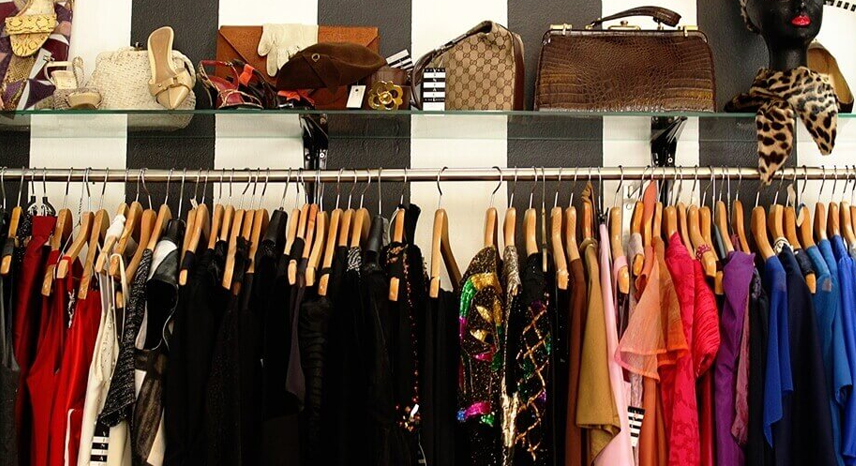Inclusive Fashion: Celebrating Diversity in Style and Design
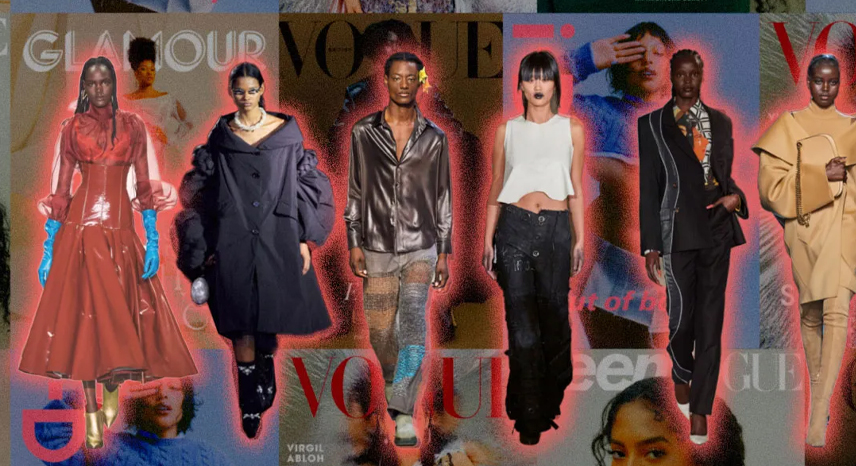
Introduction
Fashion has the power to inspire, transform, and unify. In recent years, the industry has increasingly embraced inclusivity—challenging outdated norms and celebrating the beauty of diversity in every form. Inclusive fashion is more than a trend; it’s a movement that redefines beauty standards, encourages self-expression, and ensures that every individual feels seen and celebrated. From runway shows to retail campaigns, brands and designers are now prioritizing inclusivity by creating collections that cater to different sizes, genders, abilities, and cultural backgrounds.
This blog post delves into the importance of inclusivity in fashion and highlights the pioneering brands and designers who are leading the charge. Whether you’re a fashion enthusiast, a designer, or a consumer looking for inspiration, understanding the value of inclusivity in fashion is key to supporting a more equitable and diverse industry.
Understanding Inclusive Fashion
Inclusive fashion is a design philosophy that prioritizes the representation and needs of all individuals, regardless of body shape, size, gender identity, race, or ability. Unlike traditional fashion that often catered to a narrow definition of beauty, inclusive fashion seeks to break down barriers and foster a sense of belonging. It challenges stereotypes by offering diverse models on runways, using adaptive designs for people with disabilities, and expanding size ranges to embrace every body type.
Inclusive fashion is not only about aesthetics—it’s about social justice and empowerment. When fashion brands take the initiative to include everyone, they send a powerful message: style is for everyone, and every person deserves to feel confident and beautiful.
The Evolution of Diversity in Fashion
Historically, the fashion industry has been criticized for its limited representation. For decades, the standards of beauty promoted by mainstream media were narrow, often excluding vast segments of the population. However, societal shifts and consumer demands for authenticity have spurred significant changes. Today, inclusivity is at the heart of many groundbreaking collections and campaigns.
Milestones in the Journey Toward Inclusivity
- Body Positivity Movement:
The body positivity movement has challenged conventional standards by celebrating all shapes and sizes. Social media platforms have given a voice to diverse individuals, prompting brands to rethink their sizing and advertising strategies.
- Gender Fluidity:
Increasingly, designers are blurring the lines between menswear and womenswear. Gender-neutral collections offer versatile styles that defy binary classifications, allowing individuals to express themselves freely.
- Adaptive Fashion:
Innovative adaptive clothing lines are emerging to meet the needs of people with disabilities. These collections prioritize functionality and comfort without compromising on style, demonstrating that fashion can be both beautiful and practical.
- Cultural Appreciation:
With globalization and the democratization of information, there’s a growing appreciation for diverse cultural influences. Brands are incorporating elements from different traditions while ensuring respectful representation and collaboration.
These milestones illustrate that the journey toward inclusivity is dynamic and ongoing. As consumer expectations evolve, so too will the way fashion celebrates diversity.
Key Elements of Inclusive Fashion
Inclusive fashion is built on several core principles that ensure every individual’s unique identity is respected and celebrated. Here are the key elements driving the movement:
Size Inclusivity
One of the most visible aspects of inclusive fashion is the expansion of size ranges. Many contemporary brands are now offering collections that cater to a wide variety of body types, moving away from the limited sizing options of the past.
- Broad Size Ranges:
Brands such as Universal Standard have pioneered extended sizing, offering garments that range from very small to very large. This approach not only meets market demand but also challenges the stigma associated with non-traditional sizes.
- Tailored Fit and Comfort:
Inclusive sizing doesn’t just mean more sizes—it means ensuring each garment fits well and flatters the wearer. Thoughtful tailoring and quality fabrics are key to achieving a balance between style and comfort.
Gender-Neutral Collections
Fashion is increasingly becoming a space where gender norms are being questioned and redefined. Gender-neutral collections remove the strict boundaries of traditional menswear and womenswear, allowing for greater creativity and freedom.
- Fluid Silhouettes:
Designers are opting for versatile pieces that can be styled in multiple ways, irrespective of gender. This not only expands creative expression but also caters to consumers who prefer a more ambiguous or fluid style.
- Neutral Palettes and Unisex Designs:
Many collections now feature neutral color schemes and minimalist designs that transcend gender labels, making them accessible to a broader audience.
Adaptive Clothing
Adaptive clothing is designed with the specific needs of individuals with disabilities in mind. These designs incorporate features that enhance functionality without sacrificing aesthetics.
- Ease of Use:
Adaptive clothing often includes elements like magnetic closures, adjustable fasteners, and sensory-friendly materials, making it easier for people with limited mobility or other challenges to dress independently.
- Inclusive Design Philosophy:
By integrating adaptive features into stylish garments, designers are proving that fashion can be both beautiful and accessible. Brands like Tommy Hilfiger Adaptive are leading the way by offering collections that merge practicality with high-fashion design.
Cultural Representation
Inclusive fashion also means acknowledging and celebrating cultural diversity. Fashion is a global language, and incorporating elements from various cultures can enrich collections and broaden their appeal.
- Authentic Collaborations:
Designers are increasingly working with artisans and craftspeople from different cultural backgrounds to create collections that honor traditional techniques while innovating for modern audiences.
- Respectful Integration:
Cultural representation in fashion should be approached with sensitivity. Authentic storytelling, ethical sourcing, and proper credit are essential when drawing inspiration from diverse cultural motifs.
Brands and Designers Leading the Way
Numerous brands and designers have made inclusivity a central pillar of their identity. Here are a few examples of trailblazers in the world of inclusive fashion:
Chromat
Savage X Fenty
Tommy Hilfiger Adaptive
Tommy Hilfiger Adaptive is a groundbreaking initiative that designs clothing specifically for individuals with disabilities. By incorporating adaptive features into their designs, Tommy Hilfiger is proving that functionality and style can coexist. Their collections have been praised for their thoughtful design and inclusive approach.
Universal Standard
Universal Standard is a pioneer in extended sizing, offering a comprehensive range that challenges traditional fashion norms. The brand’s commitment to inclusivity is reflected in its design process, which focuses on creating stylish, versatile pieces that cater to every body type.
These brands not only set high standards for inclusivity but also inspire other designers to follow suit, pushing the entire industry toward a more equitable future.
Inclusive Fashion in Campaigns and Media
Inclusivity in fashion extends beyond the clothes themselves—it’s also about how brands communicate with their audience. Modern fashion campaigns increasingly feature diverse models and narratives that reflect real-life beauty.
Social Media Impact
Platforms like Instagram and TikTok have empowered underrepresented communities to share their stories, influence trends, and hold brands accountable. Social media campaigns that celebrate diversity resonate with a broader audience and encourage brands to prioritize inclusivity in their collections.
Editorial Content
Fashion magazines and online publications are also shifting their focus toward inclusive beauty. Editorial spreads that feature models of various sizes, ages, and ethnicities help normalize diversity and inspire readers to embrace their individuality.
Brand Transparency
Consumers today demand transparency from brands regarding their inclusivity efforts. Detailed information about the design process, sourcing practices, and model selection in campaigns helps build trust and encourages loyalty. Inclusive brands are often celebrated for their authenticity and commitment to making fashion accessible for all.
Challenges and Future Opportunities
While the progress in inclusive fashion is inspiring, challenges remain. Traditional fashion houses still grapple with changing long-held practices, and scaling inclusive collections can be complex. However, these challenges also present opportunities for innovation.
Overcoming Industry Resistance
Changing established norms requires persistent effort and creative solutions. Emerging designers and forward-thinking brands are paving the way by demonstrating that inclusivity is not only socially responsible but also commercially viable.
Advancements in Technology
Technological innovations, such as 3D printing and advanced fabric technologies, hold the potential to further revolutionize inclusive fashion. These advancements can lead to more customizable clothing options and greater efficiency in producing adaptive designs.
Growing Consumer Demand
As more consumers embrace diversity and demand inclusivity, the market for inclusive fashion continues to expand. This shift in consumer behavior is encouraging more brands to adopt inclusive practices and invest in research and development to meet these evolving needs.
Global Collaboration
The future of inclusive fashion lies in global collaboration. By working with designers and artisans from around the world, brands can create collections that truly reflect a diverse range of cultures, aesthetics, and lifestyles. These collaborations not only enrich the design process but also promote ethical and sustainable practices in the industry.
Conclusion
Inclusive fashion is transforming the way we perceive beauty and style. By celebrating diversity, embracing adaptive design, and honoring cultural differences, the fashion industry is moving toward a future where everyone can feel confident and represented. The efforts of visionary brands like Chromat, Savage X Fenty, Tommy Hilfiger Adaptive, and Universal Standard serve as powerful examples of how inclusivity can be seamlessly integrated into every aspect of fashion—from design to marketing.
As consumers, we have the power to support these initiatives by choosing to invest in brands that prioritize inclusivity. Whether you’re shopping for everyday wear or looking for high-fashion pieces, let your choices reflect your values and commitment to a more diverse and equitable world.
The journey toward truly inclusive fashion is ongoing, but every step forward is a celebration of individuality and empowerment. Embrace the change, and let fashion be a platform that unites us all in our shared pursuit of beauty, creativity, and self-expression.
FAQs
A: Inclusive fashion is a design philosophy that prioritizes diversity by creating clothing and accessories for all body types, genders, abilities, and cultural backgrounds.
A: Inclusivity in fashion challenges traditional beauty standards, empowers individuals, and fosters a sense of belonging. It also promotes ethical practices and helps create a more sustainable industry.
A: Brands such as Chromat, Savage X Fenty, Tommy Hilfiger Adaptive, and Universal Standard are known for their commitment to inclusivity, offering diverse collections that cater to a wide range of consumers.
A: Consumers can support inclusive fashion by choosing to buy from brands that prioritize diversity, sharing inclusive fashion content on social media, and advocating for representation in the industry.
A: Some challenges include overcoming entrenched industry norms, adapting manufacturing processes for diverse needs, and ensuring authentic representation without cultural appropriation.
post
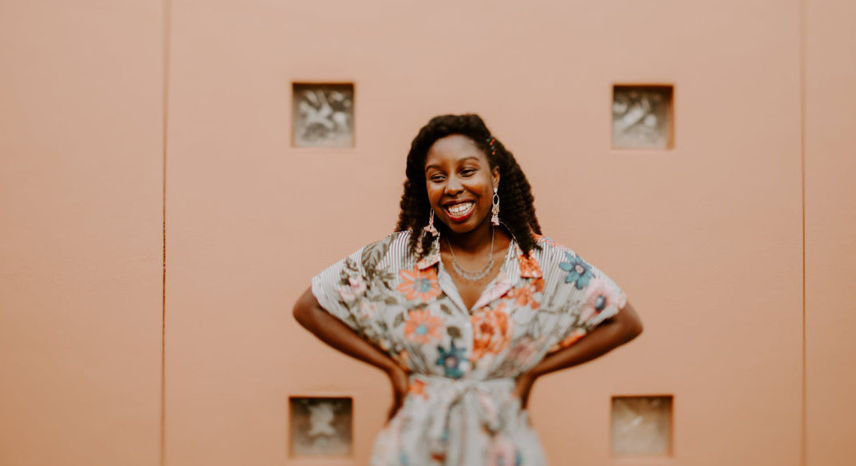
Lifestyle ≠ 28 October
Fashion and Wellness: How What You Wear Can Affect Your Health

Lifestyle ≠ 28 October
Future of Fashion: Exploring the Role of AI and Virtual Reality in Style
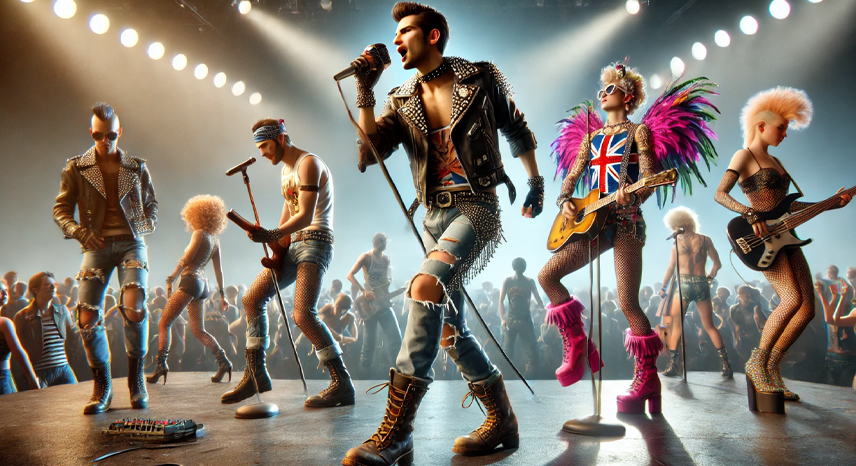
Lifestyle ≠ 28 October
The Intersection of Fashion and Music: Style Influences from Iconic Artists
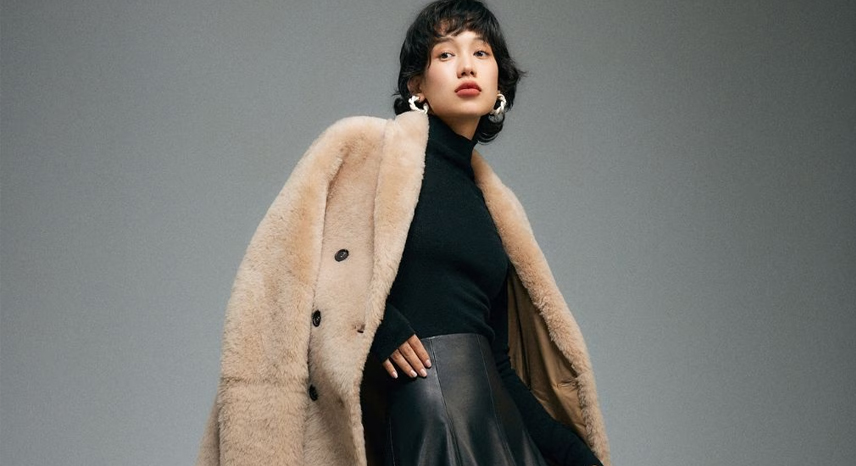
Lifestyle ≠ 28 October
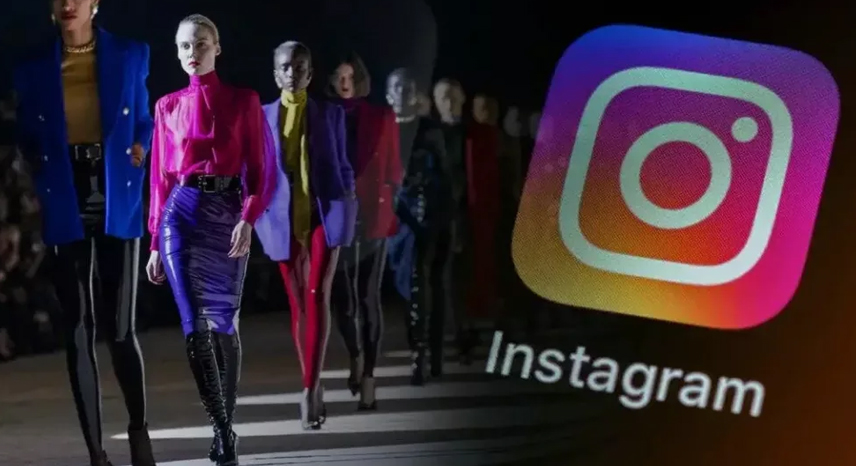
Lifestyle ≠ 28 October
Previous Post
Lifestyle October 28
How to Shop Vintage: Tips for Finding Timeless Pieces
Next Post
Lifestyle October 28
The Role of Social Media in Fashion Marketing
